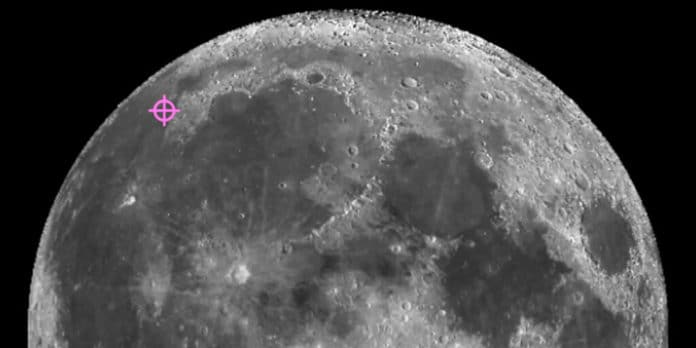The analysis of moon rock samples brought by the Chinese Lunar Exploration Program’s Change 5 revealed the critical age of moon rocks. The analysis by the international team of scientists determined the age of moon rocks at close to 1.97 billion years old.
The probe returned to Earth on Dec.16 with the first fresh samples of rock and debris from the Moon in more than 40 years. The samples are of one of the youngest volcanic surfaces on the Moon.
Brad Jolliff, the Scott Rudolph Professor of Earth and Planetary Sciences in Arts & Sciences and director of the university’s McDonnell Center for the Space Sciences, said, “It is the perfect sample to close a 2-billion-year gap.”
Moon rocks dating is essential as it provides critical information for a part of the lunar chronology.
The lunar samples collected by Apollo were older than 3 billion years. On the other hand, the age of other young impact craters was younger than 1 billion years. So the Change-5 samples fill a critical gap.
Knowing the age of these rocks with certainty, scientists can more accurately calibrate their essential chronology tools.
Jolliff said, “Planetary scientists know that the more craters on a surface, the older it is; the fewer craters, the younger the surface. That’s a nice relative determination. But to put absolute age dates on that, one has to have samples from those surfaces.”
“The Apollo samples gave us several surfaces that we were able to date and correlate with crater densities. This cratering chronology has been extended to other planets — for example, for Mercury and Mars — to say that surfaces with a certain density of craters have a certain age.”
“In this study, we got an exact age right around 2 billion years, plus or minus 50 million years. It’s a phenomenal result. In terms of planetary time, that’s an exact determination. And that’s good enough to distinguish between the different formulations of the chronology.”
“Other interesting findings from the study relate to the composition of basalts in the returned samples and what that means for the moon’s volcanic history.”
The estimated age of the Moon is 4.5 billion years old. It doesn’t have the erosive or mountain-building processes that tend to erase craters over the years.
By taking advantage of the Moon’s enduring craters, scientists could develop methods to estimate the ages of different regions on its surface.
Journal Reference:
- Xiaochao Che, Alexander Nemchin et al. Age and composition of young basalts on the Moon, measured from samples returned by Change-5. Science, 2021; DOI: 10.1126/science.abl7957
